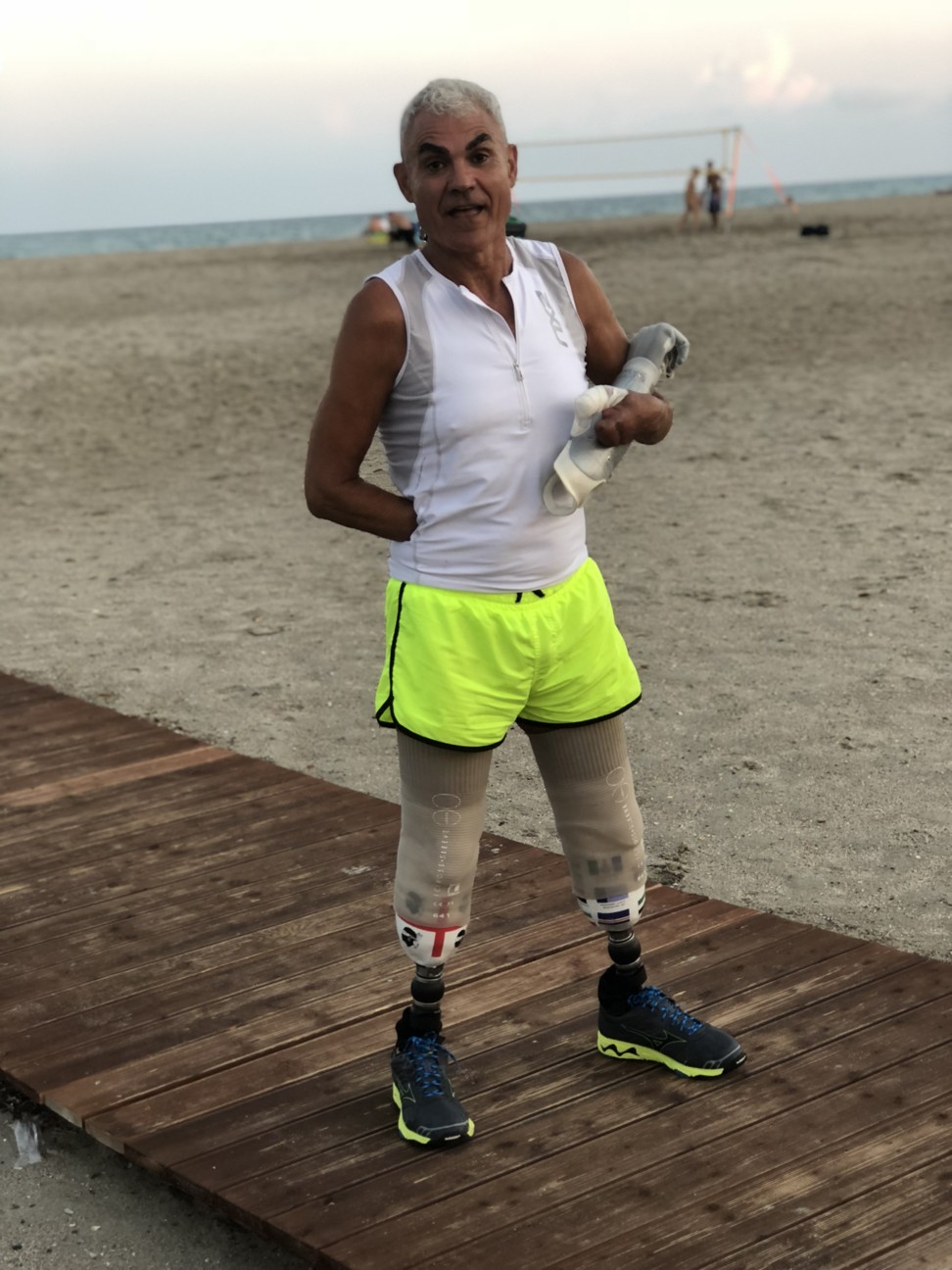
Canadian Arctic cost ultrarunner his feet and 9 fingers, lost to frostbite, but he’s not called The Tough One for nothing
Lost in a Yukon winter race and out of his mind, Roberto Zanda walked 14 hours barefoot at minus 40 degrees; he knew it had cost him his feet and hands, but six months on he’s on prosthetic legs and entered for an African ultramarathon
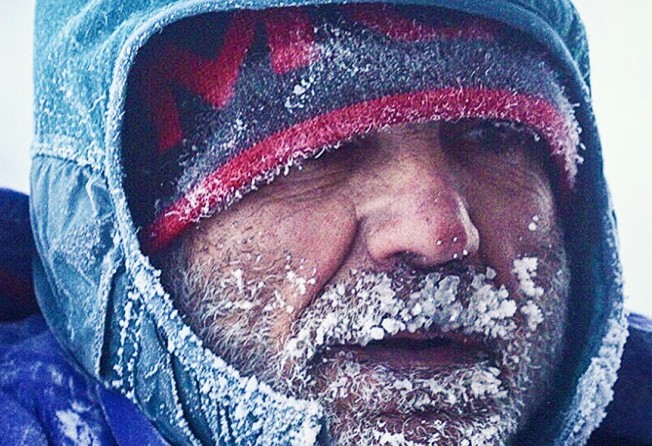
At 4am on February 6, Giovanna Caria received a call from Whitehorse, Canada. On the other end of the line was the organiser of the Yukon Arctic Ultra trail race: “Roberto has suffered 4th-degree frostbite on his hands and feet. He will almost certainly need amputation and you must get here urgently.”
In total shock, and failing to understand the seriousness of her husband’s situation, Caria got assistance from the Italian consulate in Vancouver and travelled to Canada. Before she left, she filled up half a suitcase with the warmest ski socks she could find on the Mediterranean island of Sardinia – convinced that they might save her husband’s feet.
Ultrarunner Roberto Zanda’s previous endeavours had taken place mostly in the desert. In 2008, he ran from Sudan to Egypt – and survived by a miracle after collapsing in the Egyptian desert with acute peritonitis. He had crossed Niger by foot (609 kilometres, or 378.4 miles) and participated in the 251km Marathon des Sables in Morocco.
Zanda had beaten the scorching heat on several occasions – but had still to conquer the cold. Driven by passion for extreme adventure, the 61-year-old athlete, known by the name of “Il Massiccione” – The Tough One – had signed up for the week-long, 482km (300-mile) Yukon race, billed as the world’s toughest and coldest (temperatures linger around minus 40 degrees Celsius – also minus 40 Fahrenheit), and took off for Canada on January 28, 2018.

Zanda had only seen snow once in his life, back in 1984, and despite his intensive preparation on a treadmill inside a friend’s industrial walk-in freezer, nothing could have prepared him for what he was about to encounter in Whitehorse.
Steve Lo, a participant from Hong Kong who is no stranger to races in extreme conditions, describes the cold at the Yukon Arctic Ultra as “hell”.
I went into the operating room with an empty mind, accepting of my destiny. I had already received the greatest gift of all: life
“I thought nothing could beat the North Pole but this was unimaginable, and on the second day of the race temperatures dropped to around 40 degrees below zero,” he said. Lo and his teammates surrendered after 50km due to the failure of the all-important stoves used to heat up their tents.
By day six, 27 participants out of 30 had withdrawn from the race. Zanda soldiered on but came to the gruelling realisation that he was lost. He could see no signposts. “I was wandering in the waist-deep snow for hours,” he recalls.
Exhausted, he sat down and leaned upon a tree. “My feet were warm, almost burning and I decided to take off my shoes. There were people around me and I begged them for help – I even offered them €50 to call an ambulance.” But Zanda was alone – hallucinating as a result of severe hypothermia. The people he could see were shadows of the trees in the dark, frozen forest.
His body was letting go, but in a moment of lucidity, he made a pact with God: “You can take my hands and feet, but please don’t take my life.”
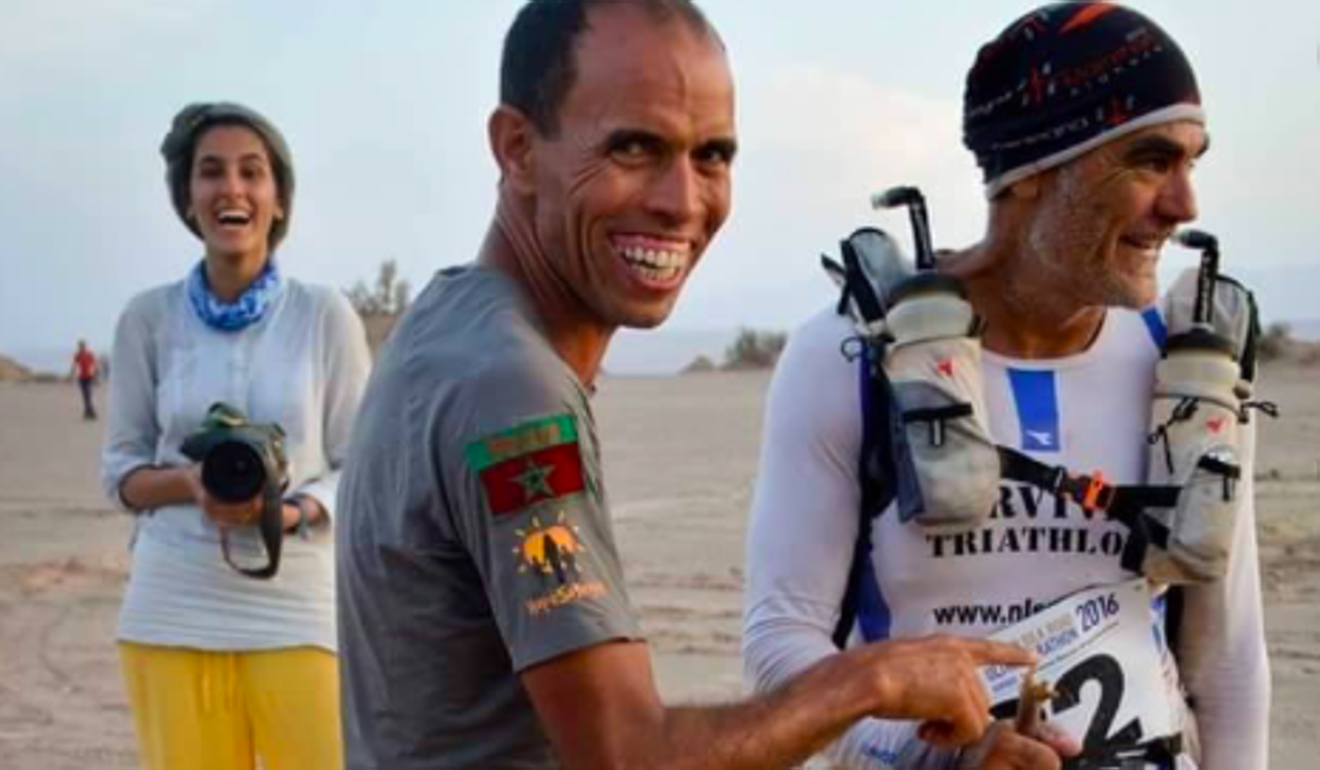
With new-found determination, he managed to get back on his feet and walk towards a frozen river. After 14 hours in the blistering cold, Roberto Zanda spotted a snow scooter in the distance. This time it was no hallucination. A volunteer from the race did not seem to understand who was walking towards him until he got closer.
At the sight of a barefoot man at minus 40 degrees Celsius, all he could gasp was, “Oh my God”.
Fast forward to August 2018. It has been six months since Zanda’s horrific ordeal and I catch up with him in his hometown of Cagliari, Sardinia. He is in hospital for an infection in the only finger that doctors were able to save. It is not too serious and he is allowed to leave and enjoy a refreshment by the beach across the street.
I have a new identity card. It reads, ‘Roberto Zanda, born in Yukon on 6 February 2018’
I cannot help but to notice how well he looks: tanned, smiling and walking confidently on his prosthetic legs that are decorated with the Sardinian flag and a sticker for every race he has run. “Il Massiccione” is a well-known figure in his hometown and as we cross the boardwalk where dozens of runners train at dusk, several people either stop to greet him or give him a hasty pat on the shoulder as they continue their exercise.
Zanda’s wife is by his side and is carrying his state-of-the-art bionic arm. “We just wanted to show you this beauty, although I forgot to charge the batteries,” she chuckles. We sit down at a cafe on the beach and go back to that freezing February day in Yukon.
Once airlifted from the riverbed where he encountered the volunteer, Zanda was initially treated at the hospital in Whitehorse, but was later flown to Aosta, and then to Turin, in northern Italy.
“Although doctors tried everything to save them, I knew from day one that I would lose my limbs,” he explains.
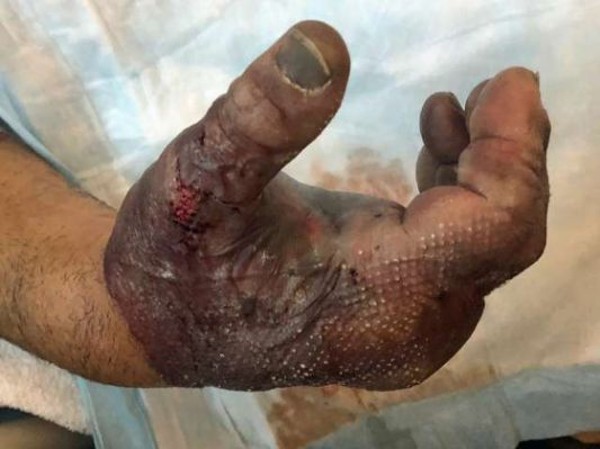
Most people would have kept hoping for a miracle, but Zanda was impatient to move on.
Caria shows me a graphic photo of his feet two weeks after the accident. She struggles to hold back the tears.
When a psychologist from the hospital visited Zanda before the operation to warn him about the psychological impact the amputation might have on him, he knew that the doctor was only doing her job and he didn’t want to seem impolite, “but I didn’t need psychological help”, he says.
“I went into the operating room with an empty mind, accepting of my destiny. I had already received the greatest gift of all: life.”
Bouncing back
Anyone’s life will change drastically after an amputation, but what happens when, as an ultrarunner, you depend entirely on your legs to allow you to do what you strive for?
Reflecting on the turn his life has taken, Roberto Zanda offers some insight into what has pushed him to move on after tragedy struck.
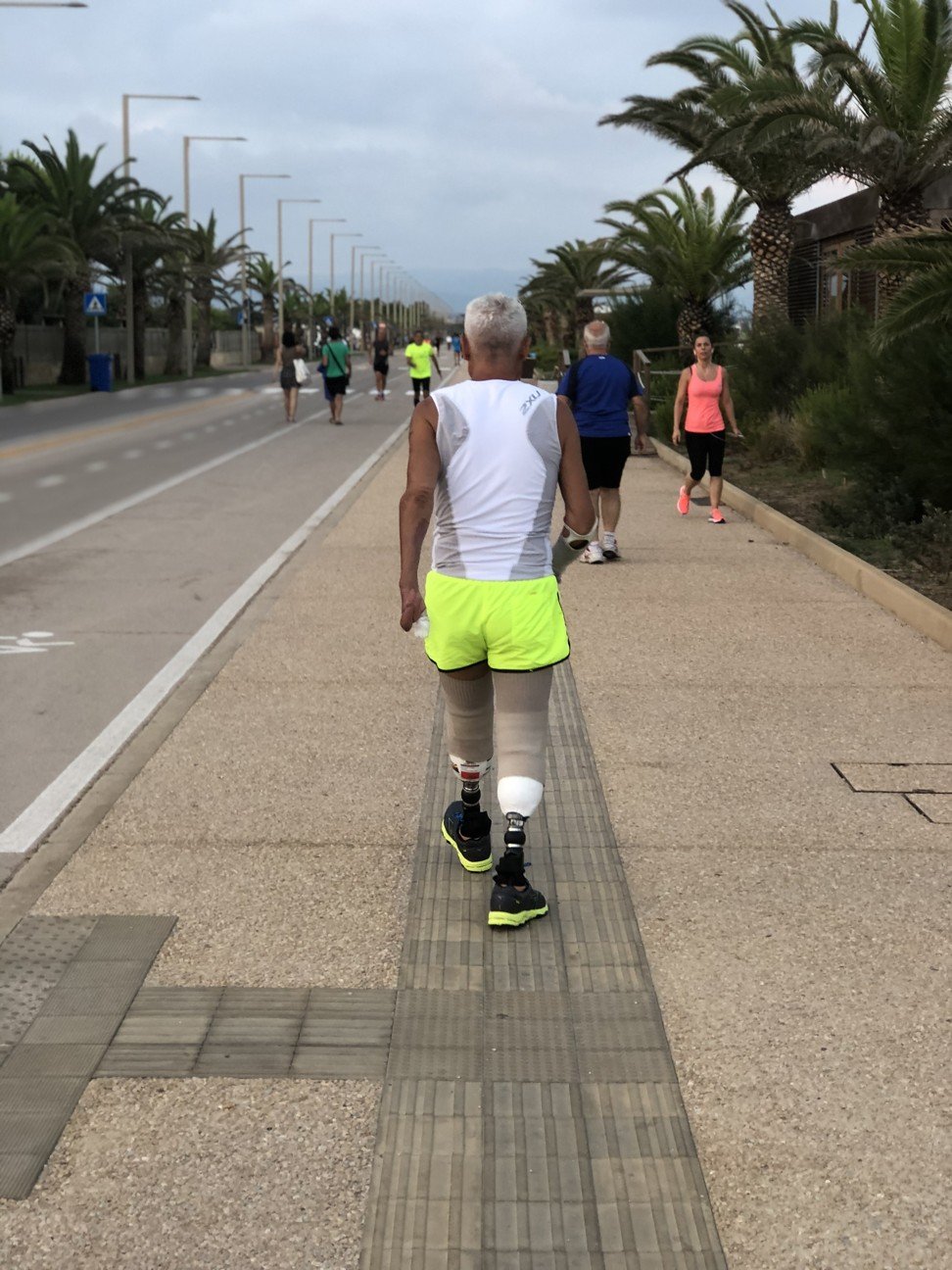
1. Being grateful for the little things in life
“When you have stared death right in the eye, you embrace life in a different way. Your focus shifts completely and you don’t ask for much. I see you are holding a pen and taking notes using your fingers during this interview – but at the moment, I would just be grateful if I could keep the one finger I have left.”
2. Walking and soon running
“I have been blessed with a speedy recovery. My wounds have healed and I try to walk as much as I can. My aim is to start running by the end of September. I gave myself two months’ time from the day I was discharged from hospital and returned to Sardinia. That was on the 25th of June.”
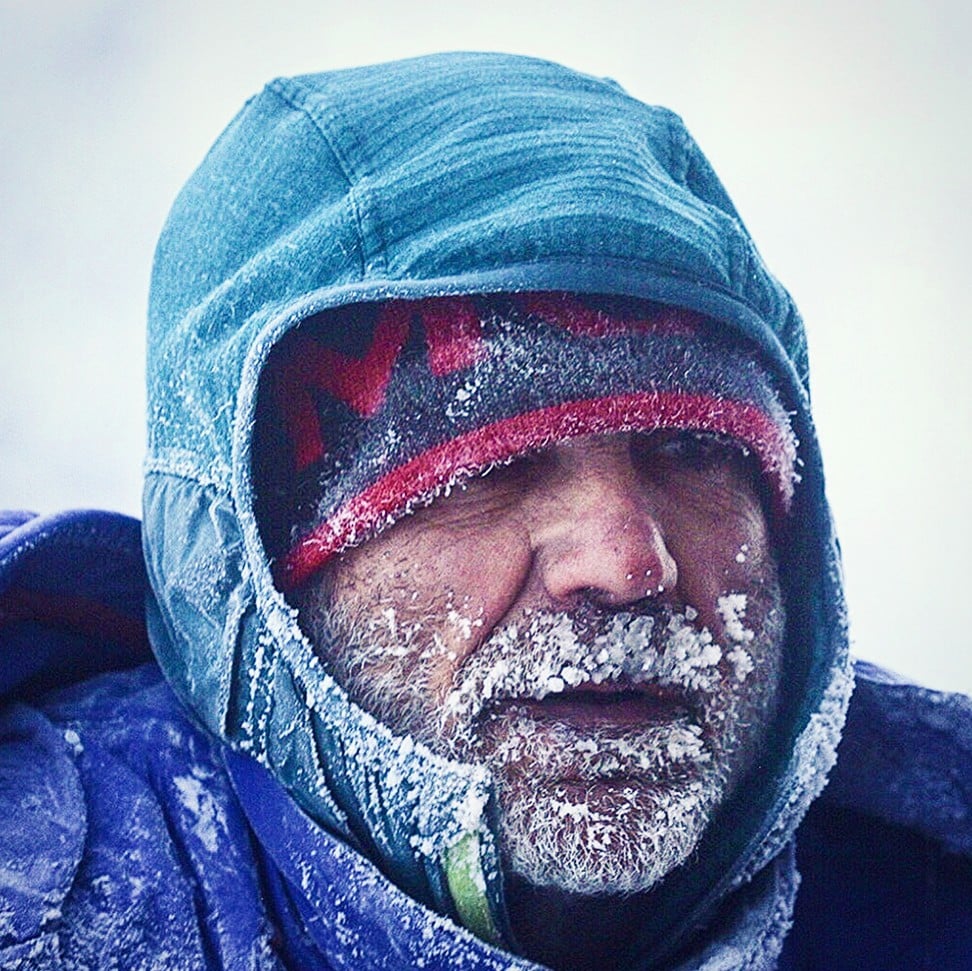
3. Feeling normal – under the circumstances
“I have just signed up for the Namib Race in Namibia in April 2019 [a 250km ultra-marathon]. I plan to participate as a ‘normally abled’ runner. Right from my [difficult] childhood, I learned not to rely on anyone but myself, and the accident has not changed my philosophy of life.”
4. Start afresh
“I have a new identity card. It reads, ‘Roberto Zanda, born in Yukon on 6 February 2018’.”